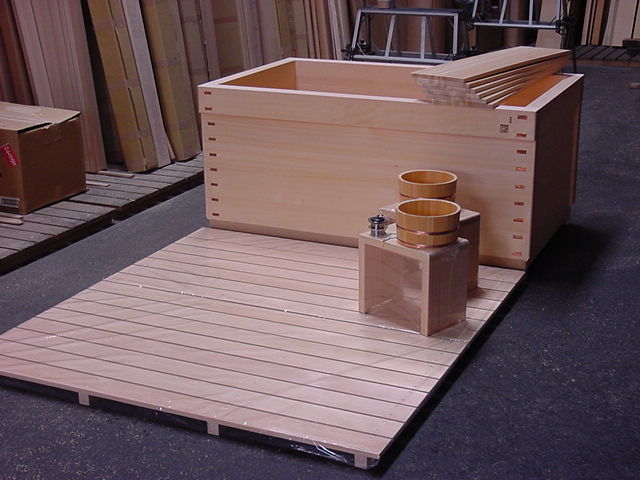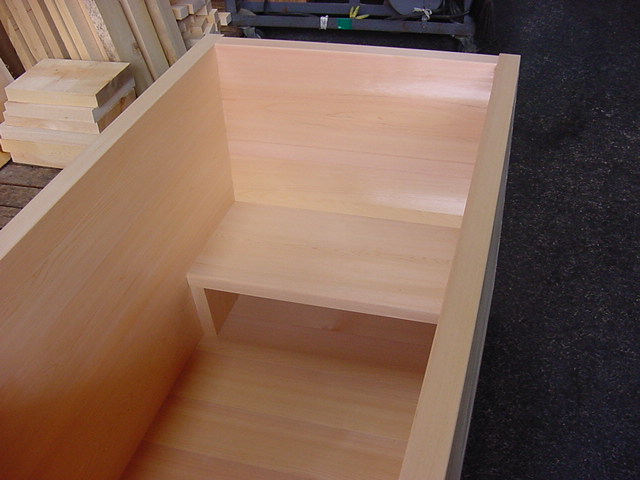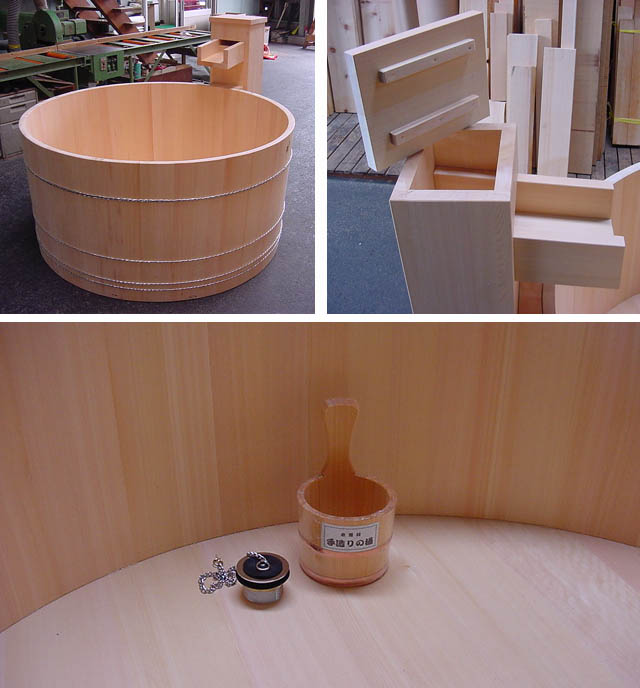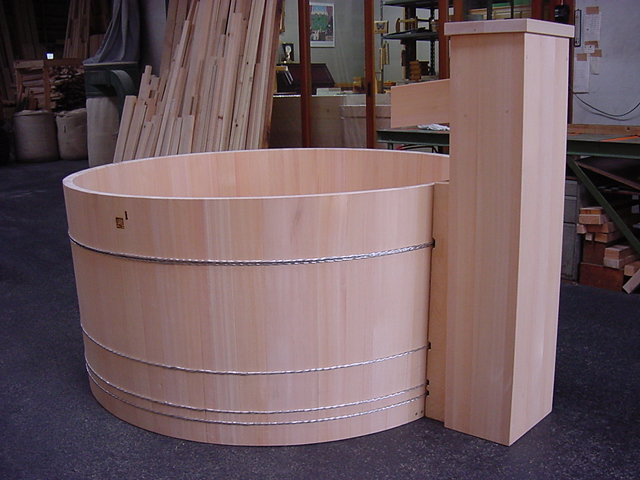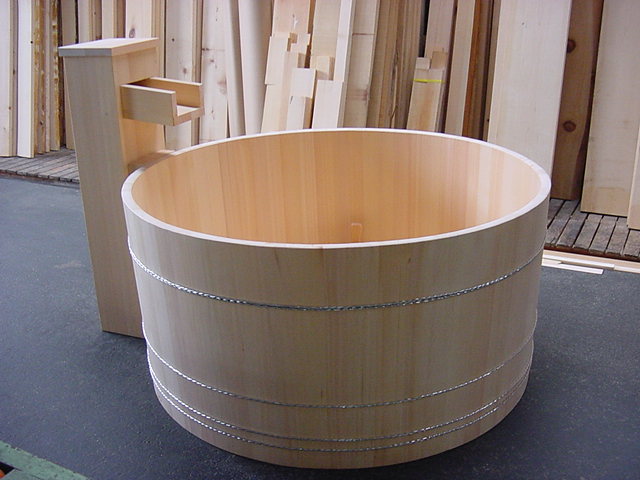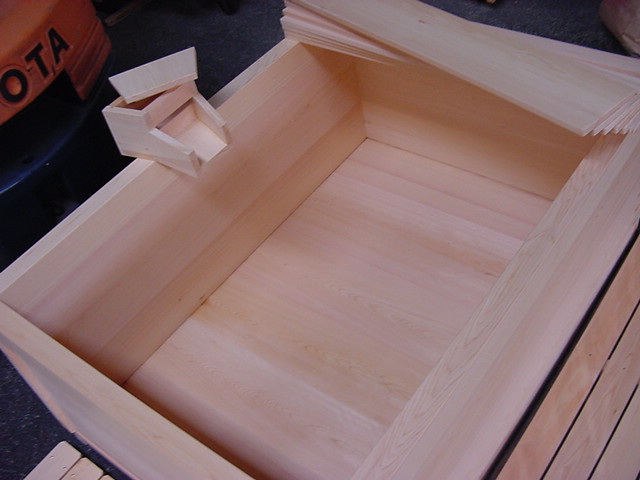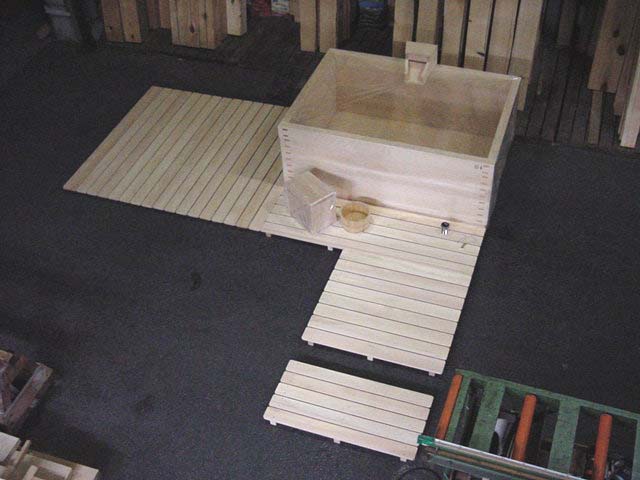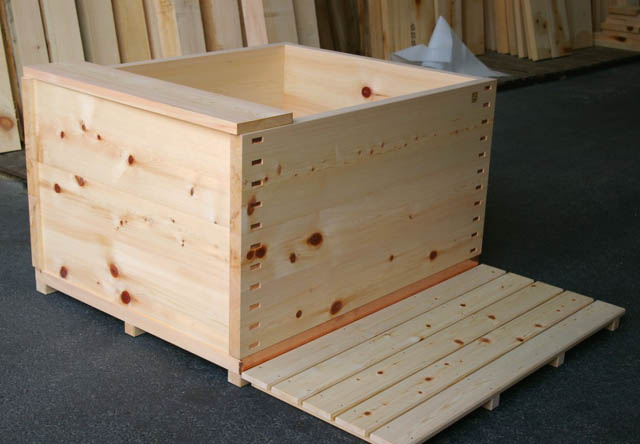Blog
maintenance 4
Several years ago I purchased a tub from Japan and it came with a container of a kind of cleaning/conditioning fluid for the tub, which included a hinoki oil base.
Do you offer, or know where I could obtain, something similar?
Cleaning liquid: I am sorry, we do not have this product. In Japan,
as in other countries, hinoki oil is available for aromatherapy in different formats, including a liquid emulsion to be poured inside the hot water to have a hinoki-tub-like aromatic effect.
This is not used for cleaning. Hinoki wood contains within its fibers the resinous product commonly known as hinokitiol. Usage of cleaning products such as detergents or waxes/oils will clog the natural wood pores thus sealing inside the hinokitiol. If you want to take maternal care of the tub, you may wipe it with a towel after use which will prevent any darkening caused by mold.
Then keep a hygrometer inside the bathroom and avoid the relative humidity to drop below 50%.
UPDATE 2008.08.01
See also our news and products page. We have now a natural oil extract which can be used to clean, protect and regenerate the tub.
